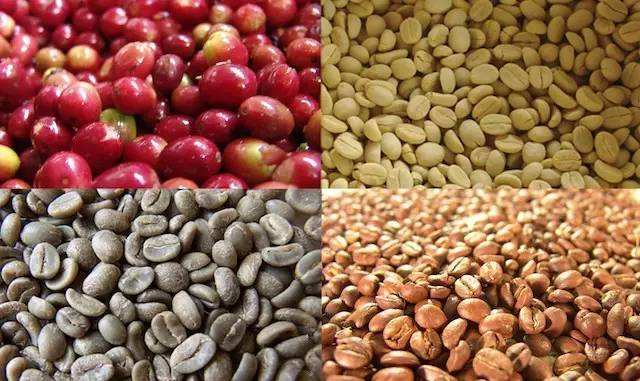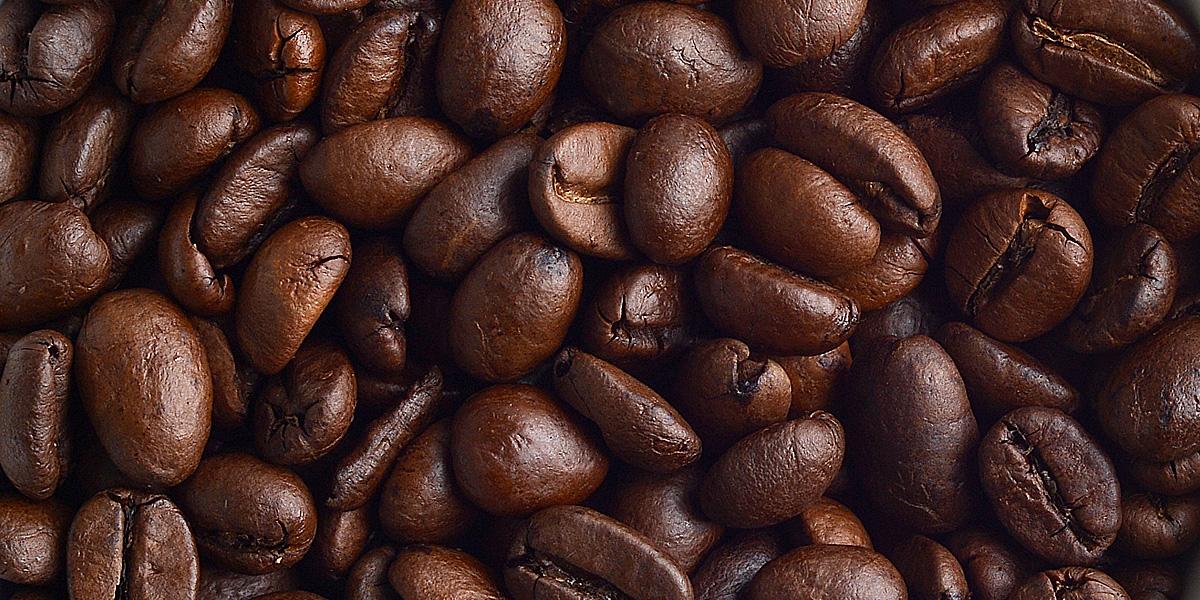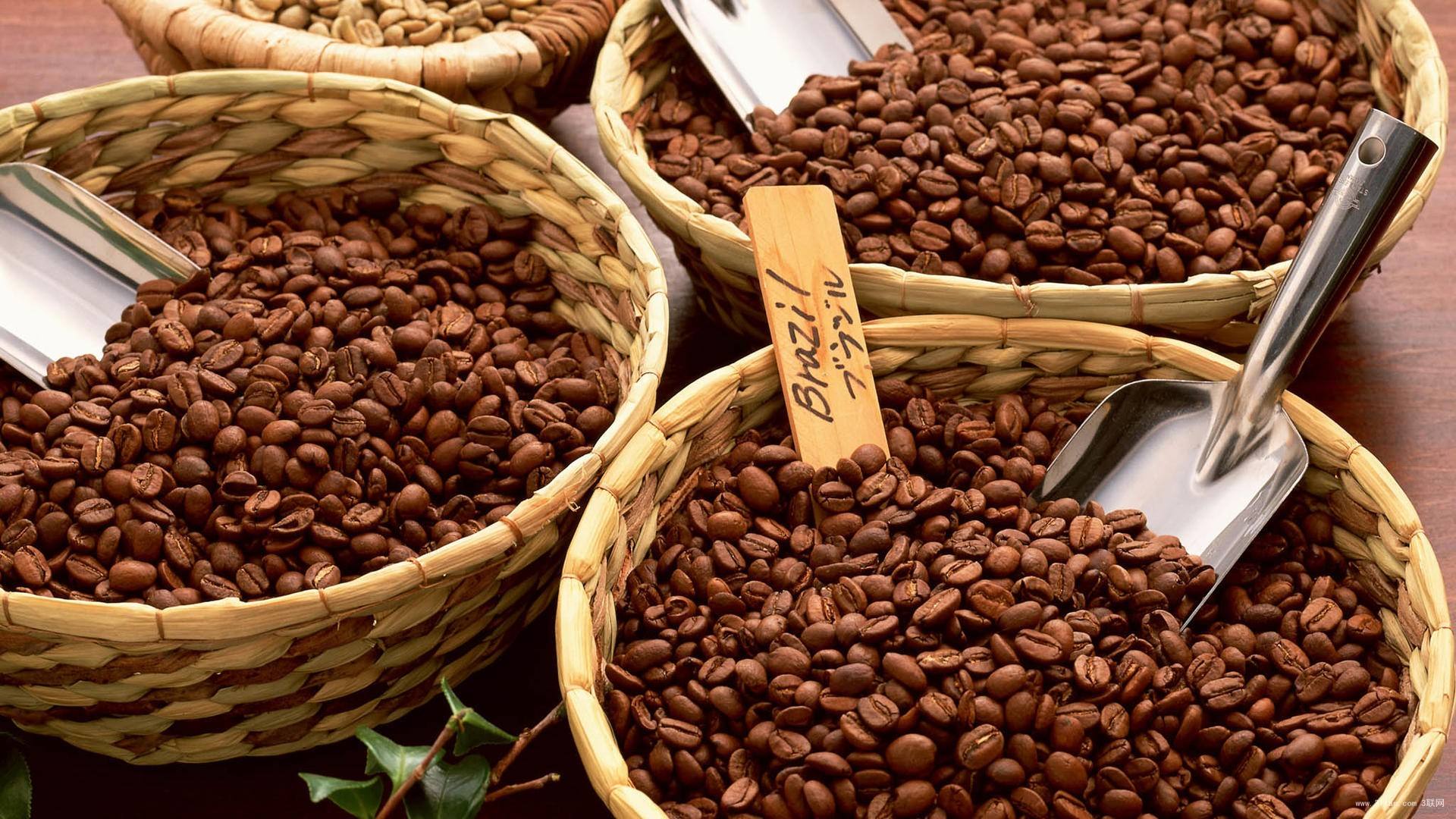What do you need to pay attention to the Arabica coffee beans bought by Starbucks?
Follow the caf é (Wechat official account vdailycom) and found that Beautiful Cafe opened a small shop of its own.
Do the Arabica coffee beans bought by Starbucks need to be boiled?
Description: it says 10 grams of ground coffee beans and 180 milliliters of water
10g 180ml should be VIA, VIA then do not need to cook.
But if it's coffee beans, of course it's definitely boiled.

10g 180ml should be VIA, VIA then do not need to cook.
But if it's coffee beans, of course it's definitely boiled.
However, Italian coffee generally uses mixed beans, mocha pots, there are many ways to make coffee, siphon, Italian coffee machine, etc., generally use a special coffee machine coffee beans are ground to be boiled, there is an American coffee machine, what you buy is not suitable for use
Or you can use the water temperature of 88-92 °to extract the coffee for 1 minute and then filter it once. The taste is different.
Single coffee tastes best when made with siphon, and even better if there is technology.
Espresso is even more particular.
1. Make sure you don't have the equipment to make coffee. You can buy a French pressure kettle (available at Starbucks). That one is the simplest and tastes good. 2. Tell the Starbucks clerk about your equipment and ask him to grind it for you. It is recommended to grind it one week at a time, otherwise it is easy to get damp. 3, according to the instructions, use the coffee utensils you bought to brew. If it is legal pressure, put the powder directly in it, and inject about 97 degrees (that is, just boil for a while) in the proportion of 10 grams of powder: 180 milliliters of water (do not press down the strainer). After 4 minutes, press down the strainer and pour it out to drink. If it is too strong, you can finally add water to dilute it, but do not change the ratio of coffee to water.
It needs to be ground into powder before cooking.
It is necessary, and the fried beans also need to be boiled.
Coffee beans need to be boiled.
1. In a broad sense, there are two kinds of coffee beans in the world, Arabica beans and Robosta beans. The earliest Arab way to eat coffee was to chew the whole fruit (Coffee Cherry) to absorb its juice. They then mixed the ground coffee beans with animal fat as a physical supplement for long trips, and it was not until about 1000 AD that the green coffee beans were boiled in boiling water to make an aromatic drink.
2. Three centuries later, the Arabs began to bake and grind coffee beans. Because drinking was forbidden in the Koran, Arabs consumed a lot of coffee, so religion was actually a big factor in the popularity of coffee in the Arab world.
[related reading]
Practice 1: dry type
First of all, spread the freshly harvested fruit on the sun field for a week or two until the fruit crackles and dries naturally. After that, the dried pulp, endocarp and silver peel are removed by a sheller. Coffee beans refined in this way are slightly sour and slightly bitter. Almost all coffee beans produced in Brazil, Ethiopia, Yemen and other places are obtained in this way. The disadvantage of this method is that it is easily affected by the weather and is easy to be mixed with defective beans and other impurities. Therefore, it must be carefully screened.
Practice 2: washing type
Put the harvested fruit into a flowing tank, remove the floating fruit, and peel off the skin and flesh with a pulp remover. Then put it in the sink to remove the emerging pulp. After that, move into the fermentation tank, soak for half a day to a day, and then dissolve the gum on the surface of the fermented coffee beans. After washing with water, drying it for a few days, drying it with a machine, and finally using a sheller to remove the endocarp to become a commercial raw coffee bean. In this way, it will be more beautiful in color and less impurity than dried coffee beans.
Practice 3: comparison of ways
The coffee beans are treated after harvest, otherwise they will begin to ferment, making the coffee beans smell bad. The main treatment methods are "drying" and "washing", these two methods will cause different flavors. Dry beans have a complete natural mellow, gentle aroma and more gum, while water washing has a good mellow taste, high aroma and lively sour taste, which is also the source of sweetness in espresso.
Important Notice :
前街咖啡 FrontStreet Coffee has moved to new addredd:
FrontStreet Coffee Address: 315,Donghua East Road,GuangZhou
Tel:020 38364473
- Prev

Robusta Arabica coffee introduction, Robusta Arabica coffee beans how to eat
Following caf é comments (Wechat official account vdailycom) found that Beautiful Cafe opened a small shop of its own. Global coffee bean species are mainly divided into: Arabica and Robusta, of which Arabica coffee beans account for about 65% and 80%. Arabica coffee has harsh planting conditions, weak disease resistance, high altitude requirements, slow growth, high quality, and fine processing of raw beans.
- Next

Bali Coffee introduction, Bali Rob Coffee
Following caffeine comments (Wechat official account vdailycom) found that Bali's "Golden Coffee" is fine ground coffee, which makes more coffee grounds, just like Middle Eastern coffee. People who don't like too much coffee residue had better use fine filter paper to filter it. Balinese coffee has a bitter taste in the throat, the taste is quite smooth, endless aftertaste, happy
Related
- Detailed explanation of Jadeite planting Land in Panamanian Jadeite Manor introduction to the grading system of Jadeite competitive bidding, Red bid, Green bid and Rose Summer
- Story of Coffee planting in Brenka region of Costa Rica Stonehenge Manor anaerobic heavy honey treatment of flavor mouth
- What's on the barrel of Blue Mountain Coffee beans?
- Can American coffee also pull flowers? How to use hot American style to pull out a good-looking pattern?
- Can you make a cold extract with coffee beans? What is the right proportion for cold-extracted coffee formula?
- Indonesian PWN Gold Mandrine Coffee Origin Features Flavor How to Chong? Mandolin coffee is American.
- A brief introduction to the flavor characteristics of Brazilian yellow bourbon coffee beans
- What is the effect of different water quality on the flavor of cold-extracted coffee? What kind of water is best for brewing coffee?
- Why do you think of Rose Summer whenever you mention Panamanian coffee?
- Introduction to the characteristics of authentic blue mountain coffee bean producing areas? What is the CIB Coffee Authority in Jamaica?

